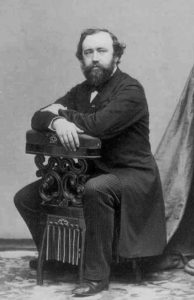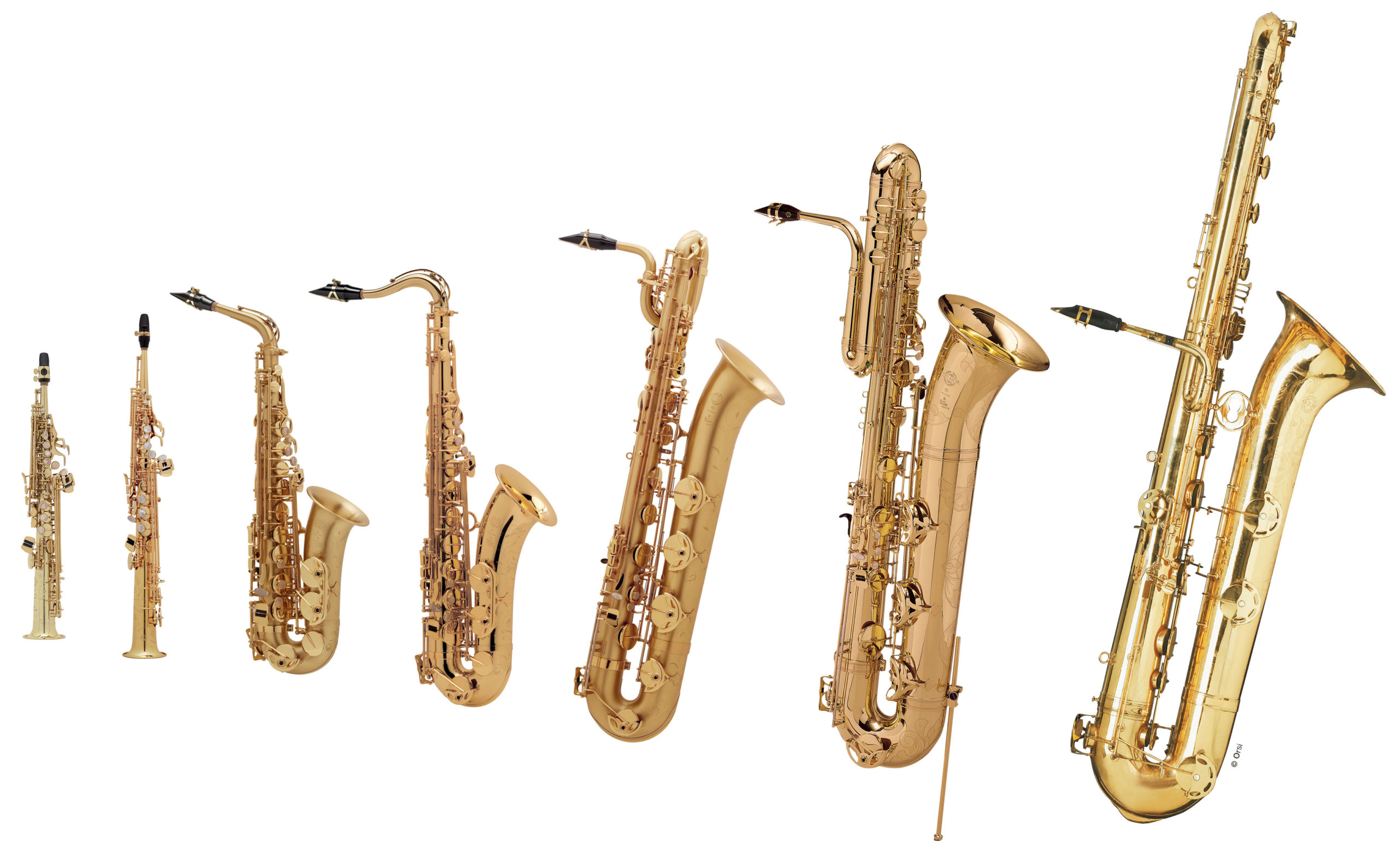Inventors are a breed apart. They range from a simple tinkerer trying to improve a pre-existing technology (perhaps attempting to build a better mousetrap) to creating, like Steve Jobs, products that no one knew they needed until he made them.

For all their differences, it seems to me that most (all?) inventors have at least the following in common. One: a basic dissatisfaction with the status quo (the world as it presently exists) and a desire to create something that in some small (or large) way changes the world. Two: extremely active imaginations. Three: a singular, perhaps even anti-social desire to spend long hours by themselves, doing their “thing” (a trait shared with composers, visual artists, writers, and musicians). Four: the dexterity and skills to draw and/or build prototypes of their inventions. Five: endless (or so it would seem) patience. Six: an understanding that failure is inevitable much (if not most) of the time, and the ability to persevere in the face of repeated failure.
Finally, six: sheer egotism; the absolute conviction that what they are doing is vitally important.
Every one of these traits apply to the acoustician, instrument designer, inventor, and builder Adolphe Sax (1814-1894). At a time when musical instrument design was a challenge and technology on par with automotive design today, Sax was the master, an inventor of genius, the supreme instrument designer of the nineteenth century. He created whole families of instruments, including the saxhorns, saxtrombones, and saxtubas. But he is most famous today for the family of instruments that Hector Berlioz dubbed the “saxophones”.
The saxophone family as patented by Adolphe Sax on June 28, 1846 consisted of eight entirely new instruments, instruments that sounded like nothing that came before them. Of these eight instruments, seven are regularly manufactured today:

Of these seven, the four most commonly used saxophones – the four that make up the ensemble called the saxophone quartet – are the soprano, alto, tenor, and baritone saxes.
Sax’s father, Charles-Joseph Sax, was a well-known and highly respected instrument builder who apprenticed his son Adolphe and taught him well. While Charles-Joseph Sax built the occasional piano, harp, guitar, and stringed instrument, his specialty was brass and woodwind instruments. For his part, young Adolphe Sax mastered the flute and clarinet, and was said to be able to play well virtually all the woodwind and brass instruments that emerged from his father’s workshop.… continue reading, only on Patreon!
Become a Patron!